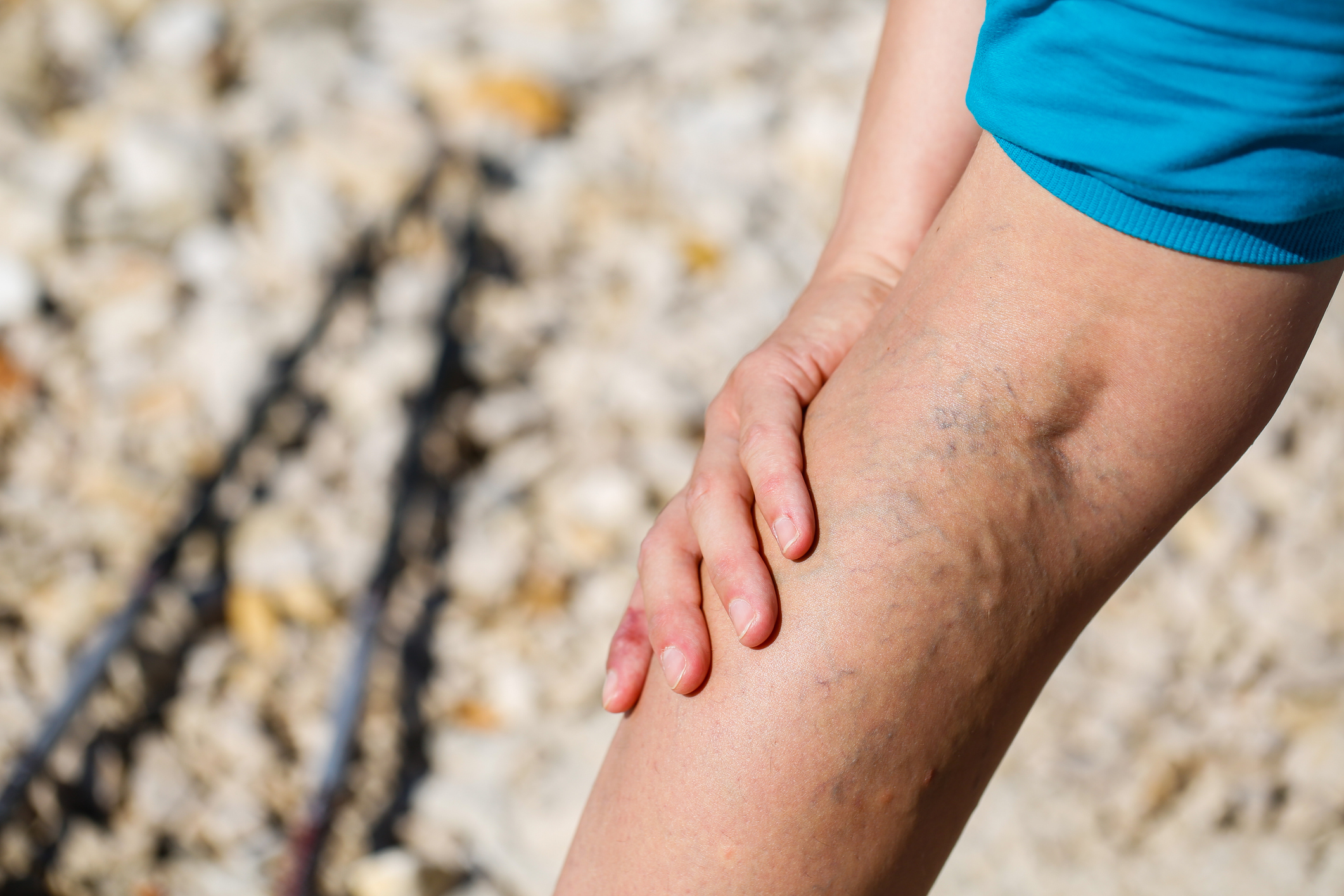Author: Lindsey Ulrich

"Varicose veins are the development of chronic venous disease. This can be from an obstruction or compression that leads to vein damage."
If your legs feel achy or heavy, or have a burning feeling, you may be experiencing symptoms of varicose veins. Varicose veins are twisted, enlarged veins most commonly in the lower extremities and can develop as you age.
Superficial veins that are close to the skin’s surface can become varicose veins over time and the pain and look of the veins can become an annoyance. However, discomfort and pain can be a sign of other health-related issues.
“Varicose veins are the development of chronic venous disease,” said Peter Burke, MD, interventional cardiologist at McLaren Greater Lansing Cardiovascular Associates. “This can be from an obstruction or compression that leads to vein damage.”
Varicose veins are visible on the surface of your skin, often a dark blue or purple. If you have a family history of venous disease you are more at risk of developing varicose veins. Other risk factors include having a sedentary lifestyle, aging, obesity, and pregnancy.
“Wearing compression socks can help with prevention,” said Dr. Burke. “If you tend to sit or stand for most of the day, or if you are pregnant, compression therapy can improve blood circulation.”
Mild exercise, such as going for a brisk walk, also promotes good blood flow and reduces swelling in the extremities.
Symptoms of varicose veins include fatigue, itching, swelling, burning, or numbness. However, other complications and symptoms can be a sign of other serious conditions and treatment may be needed.
“Varicose veins affect the blood flow and lead to inflammation, and at times, blood clots form, also known as superficial thrombophlebitis,” said Dr. Burke. “This can be quite symptomatic leading to more pain, bleeding and ruptures, and cause skin breakdown and ulcers.”
Modern technology now allows for several treatment options that is less painful and has a shorter recovery time. This includes venous radiofrequency ablation and thermal ablation, through the use of heat, along with other minimally invasive procedures such as foam sclerotherapy and phlebectomy.
“Each procedure requires very little downtime and is done in an outpatient non-surgical setting,” said Dr. Burke. “They don’t require any large incisions or suturing, so the healing process is faster.”
The McLaren Greater Lansing VTE and Vascular Clinic will access your symptoms to review the underlying condition that is causing varicose veins and recommend the best treatment option that is right for you.
For more information about McLaren Greater Lansing’s varicose vein treatment options, click here.
For more articles on health and wellness, click here.